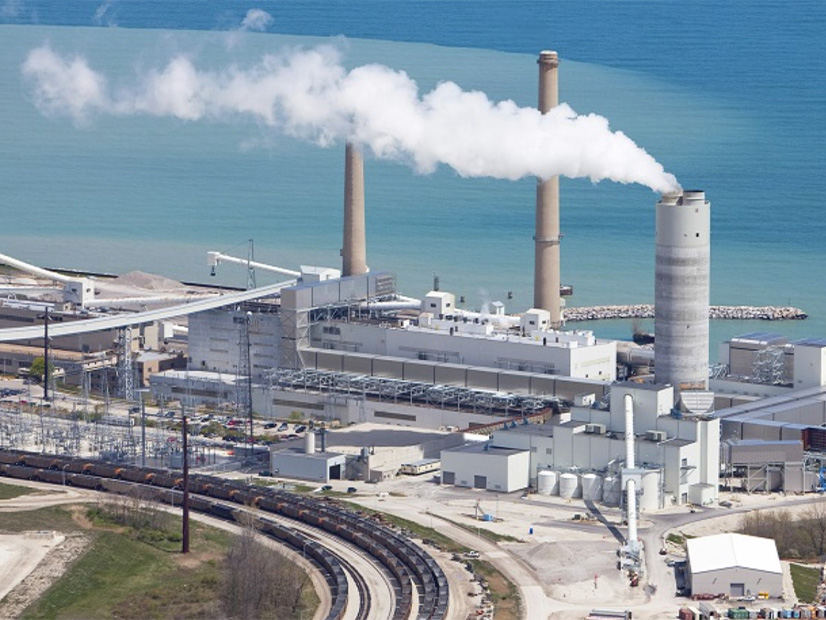
CARMEL, Ind. — In its third annual Regional Resource Assessment, MISO again found planned generation retirements continue to outstrip additions.
MISO said though this year’s condensed RRA showed a slightly improved capacity picture, the survey still indicates a “continued capacity risk, highlighting the immediate importance of additional investment.”
MISO said beyond what members are planning, the footprint likely needs an additional 13 GW of accredited capacity in 2027, 27 GW by 2032 and 34 GW in 2042 to fulfill demand.
“Major trends from MISO members’ publicly announced plans remain unchanged compared to past RRAs, with wind and solar driving planned additions and coal comprising the bulk of planned retirements,” Laura Hannah of MISO’s strategy team said during a Nov. 7 Resource Adequacy Subcommittee meeting. Hannah said MISO also sees battery storage plans picking up steam since last year.
MISO expects to have lost about 60 GW worth of installed capacity from mostly coal and gas resources through retirements by 2042, with retirements gathering speed around 2026.
Over the same time frame, members told MISO they will add about 120 GW of wind, solar, battery storage and natural gas resources. However, the 120 GW of installed capacity will be whittled down to 50 GW in unforced capacity. MISO further qualified that its plans for a new, marginal-style capacity accreditation could further shrink that amount.
“There’s a lot of moving pieces on accreditation,” Hannah said.
According to MISO, its gas fleet won’t see much change by 2042. The grid operator said installed capacity of its natural gas resources is predicted to be about static, with an equivalent megawatt amount of planned investment and retirement announcements.
Members serving a total 80% of the footprint’s load responded to the survey, up from approximately 75% last year.
Through last year’s RRA, MISO said its members may need to build 200 GW in new installed capacity by 2041 to meet reserve requirements and achieve renewable targets and emissions-cutting goals (See MISO: 200 GW in New Capacity Necessary by 2041.)
Hannah said the RRA analysis was “scaled back this year,” with MISO subbing its second transmission planning future for resource expansion modeling instead of performing a separate full-scale resource expansion modeling.
Hannah said this year’s RRA was a “broad-brush” approach when compared to the previous two years’ reports. She said even though the resource expansion piece is an estimation, MISO remains confident in the long-term trends that this year’s and previous RRAs have exposed. She also said members reported only “modest year-over-year changes” in their generation plans.
Some stakeholders asked if MISO would begin prioritizing generator interconnection requests that can sustain reliability and provide accredited, readily available capacity instead of simply installed capacity.
Bill Booth, consultant to the Mississippi Public Service Commission, asked if MISO may consider linking its System Support Resource agreements with the footprint’s capacity needs; MISO’s SSR designations — where it orders retiring resources to remain online for the sake of reliability — are geared only toward the reliability of the transmission system. Booth said MISO is fast approaching “the iceberg” and asked if it was simply going to rely on states and load-serving entities to fill the planning gaps MISO foresees.
Hannah said those ideas were beyond the scope of the RRA. Other staff said MISO’s ongoing work to quantify and prescribe specific amounts of resource attributes will deal with Booth’s and other stakeholders’ concerns. (See MISO Charting Course on Stimulating Generating Attributes.)
MISO will collect stakeholders’ written reactions to the 2023 RRA through Dec. 31.

